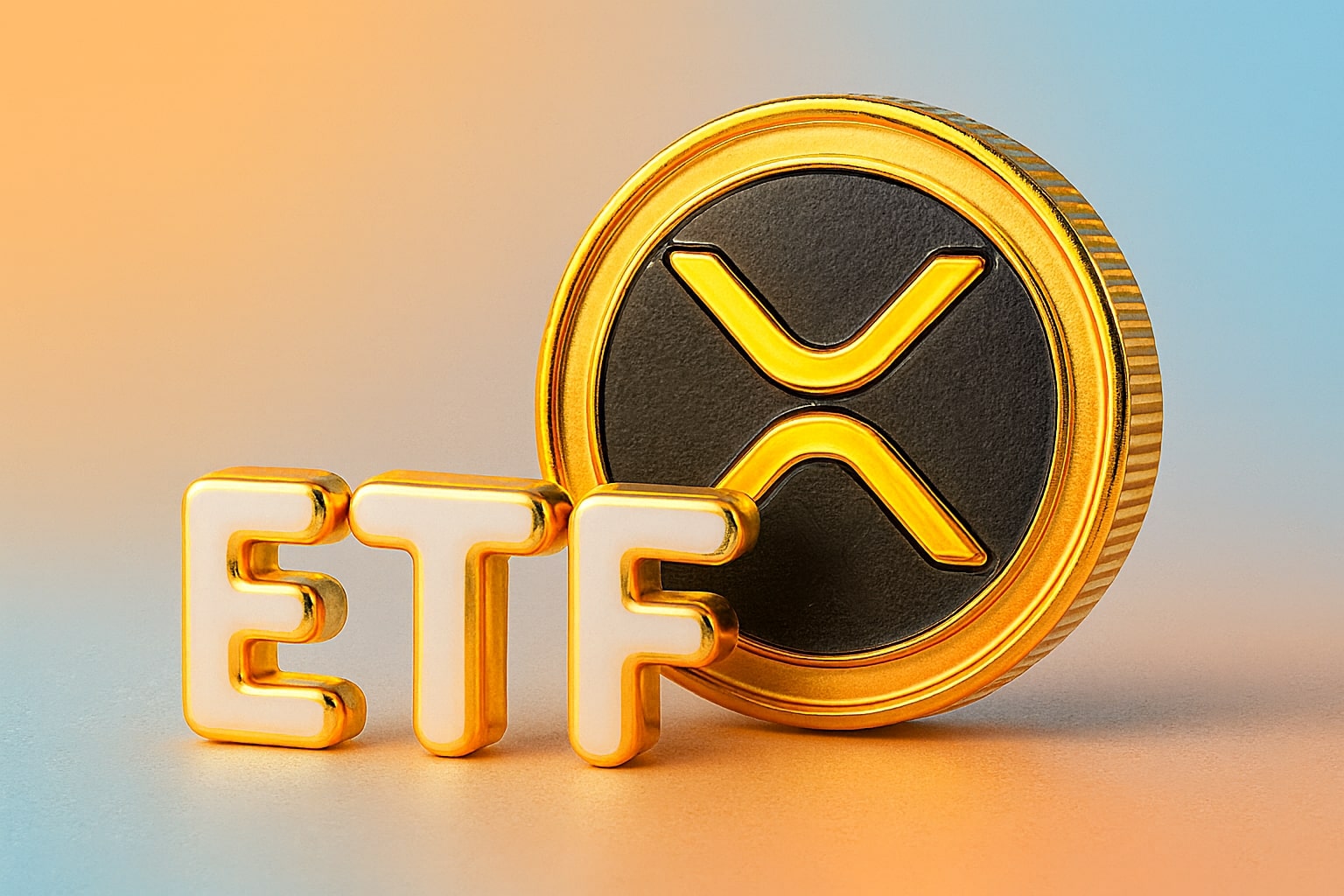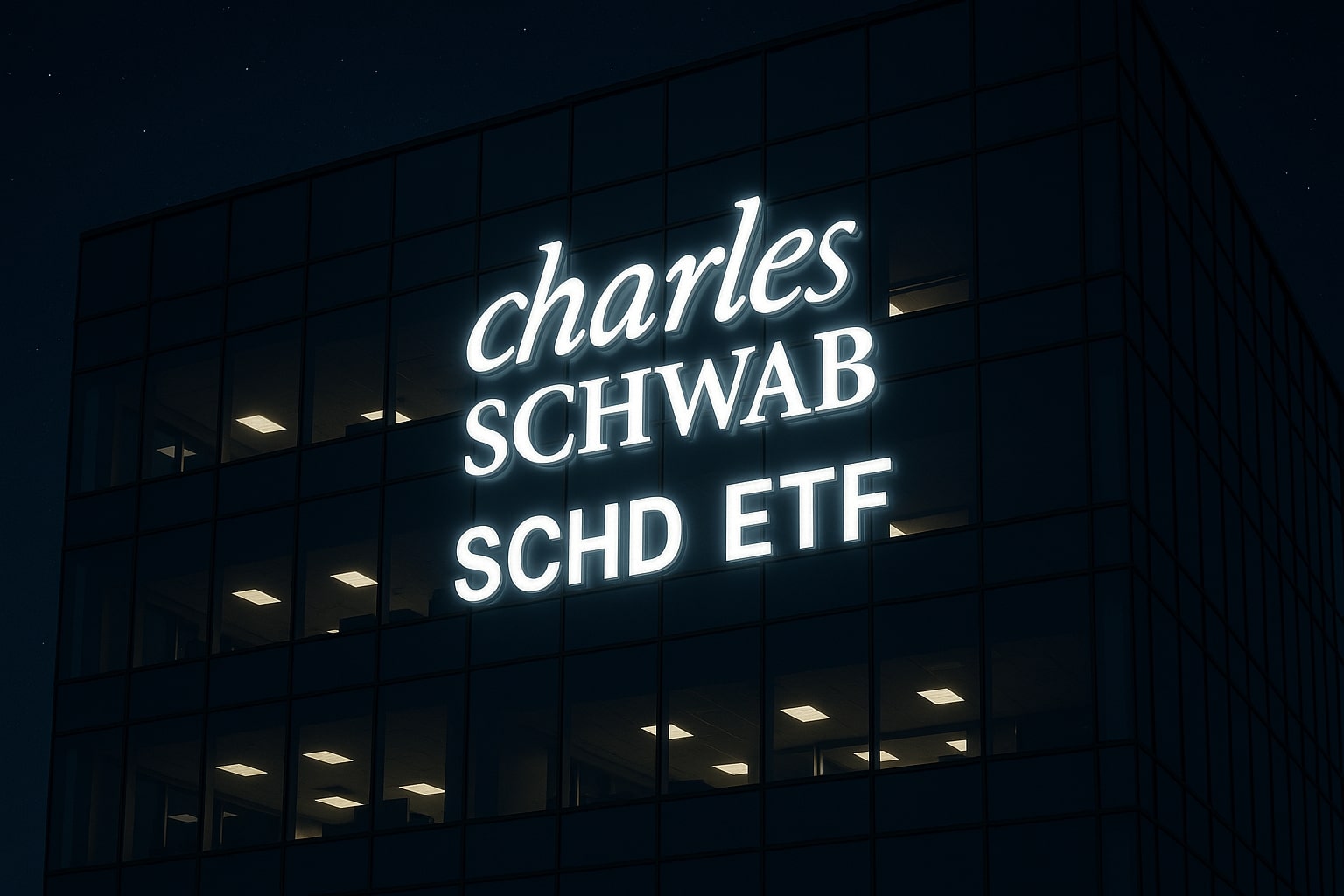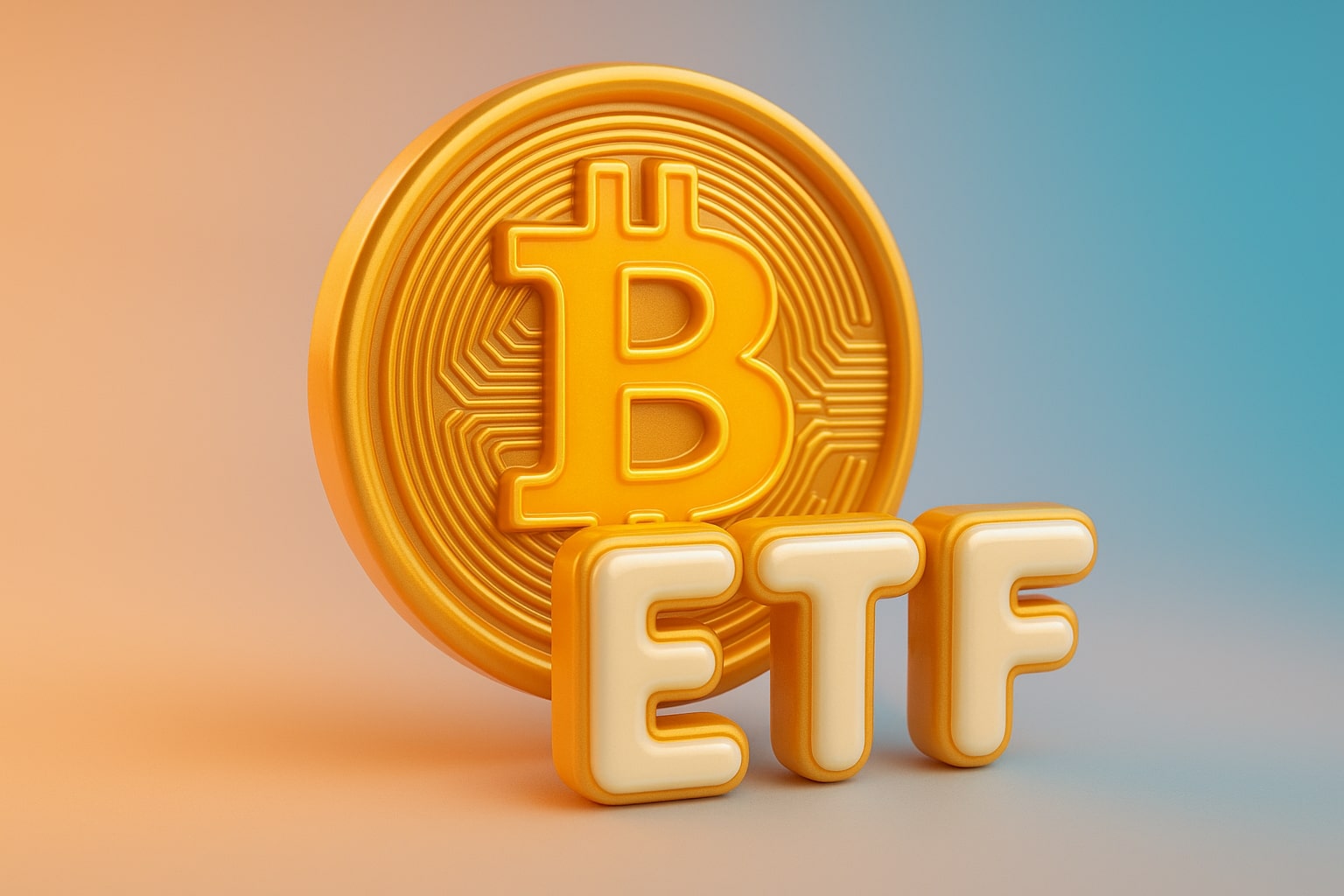Market Behavior: Rotation from Safe Havens to Equities Caps Upside
Global risk sentiment has improved modestly since the truce, with the S&P 500 (^GSPC) gaining 0.41% and the Nasdaq (^IXIC) adding 0.58%, while the Dow Jones Industrial Average (^DJI) remains flat. This rotation has drawn short-term capital away from safe havens, limiting gold’s immediate rally potential. Yet institutional positioning on COMEX remains bullish: net long futures positions total 223,000 contracts, just below September’s two-year high. Analysts interpret the modest trimming of leverage as profit-taking rather than liquidation, a sign of confidence that dips will be bought.
Real Yields, Inflation Expectations, and Structural Support
Gold’s resilience above $4,000 is closely tied to stable real yields and anchored inflation expectations. U.S. 10-year real yields hover near 2.05%, while 5-year breakeven inflation sits around 2.46%, sustaining demand for tangible assets. Even with nominal yields higher, real rates remain historically low compared to pre-pandemic norms, keeping the opportunity cost of holding gold manageable. Additionally, global inflation remains sticky—Eurozone CPI at 2.1%, U.K. CPI at 3.2%, and Japan at 2.8%—reinforcing hedging demand.
ETF Outflows Contrast Sovereign Accumulation
While retail and institutional ETF investors lightened positions, sovereign buying filled the gap. The largest ETF, SPDR Gold Shares (GLD), saw holdings fall by 19.3 tons in October, but this was offset by central bank inflows totaling over $13 billion in market value. This inverse relationship highlights the transition from speculative flows to strategic ownership, emphasizing how gold’s market structure has matured. Long-term investors, including sovereign wealth funds and reserve managers, now dominate trading volume, stabilizing volatility even during high-rate periods.
Consumer and Jewelry Demand Under Pressure from Elevated Prices
At current price levels near $4,000, jewelry demand remains weak across Asia. Indian Diwali buying slowed by 17% year-over-year, while Chinese jewelry retailers reported a 12% drop in volume due to affordability constraints. However, the shortfall in consumer demand has been offset by investment-grade bullion and bar purchases, which rose 8% in the same period. In contrast, European retail gold coin sales rose 14%, reflecting growing public distrust in fiat currencies amid persistent fiscal deficits and political risk.
Macro Sensitivity: Fed’s Hawkish Pause Limits Near-Term Upside
Fed Chair Powell’s hawkish tone implies that the central bank may hold off additional cuts unless labor market softening accelerates. This policy stance underpins the dollar’s recovery and explains why gold struggles to clear $4,040 despite geopolitical support. Traders see a 63% probability of another cut in December, but with inflation above 3% and wage growth steady at 3.9%, the Fed’s tightening bias persists. Each hawkish statement compresses gold’s momentum temporarily but has historically been followed by renewed buying once macro data weakens.
Geopolitical Layer: Trade Calm Masks Structural Tension
Although the truce reduced short-term volatility, deeper U.S.–China friction remains embedded. The technology export ban on semiconductors, AI chips, and rare earth minerals has not been reversed, limiting full restoration of trade flows. As such, the truce may provide only temporary relief, with renewed risk premium likely ahead of the 2026 U.S. election cycle. This geopolitical undertone continues to support gold as a strategic hedge, especially for Asian reserve holders wary of sanctions or currency weaponization.
Historical Context and Year-to-Date Performance
Year-to-date, gold has surged over 50%, outperforming the S&P 500’s 12.6% and crude oil’s 7.8% gains. From its 2024 low near $2,650, the metal has added nearly $1,350, driven by structural demand and inflation persistence. October’s volatility only slightly trimmed performance, with prices holding within 5% of all-time highs. The past quarter marks the sixth consecutive quarter of central bank net accumulation—a streak unmatched since records began in 1950.
Technical Outlook: Sideways Pattern Before Potential Expansion
Short-term momentum favors consolidation within $3,950–$4,200 as traders await the next major macro catalyst. A breakout above $4,200 could trigger a push toward $4,350–$4,400, while a breakdown below $3,950 risks testing the 50-day EMA at $3,857.92 and the prior ascending triangle top near $3,500. The longer gold holds above $4,000, the more that level becomes “accepted value,” often preceding explosive directional moves.
Trading News Verdict: Bullish Bias with Controlled Momentum
Gold market caught between macro caution and structural optimism. The combination of strong sovereign demand, contained inflation, and a still-dovish Fed stance supports gold’s bullish long-term narrative. However, near-term price action remains range-bound as the dollar’s strength limits breakout potential. Based on all metrics—monetary policy, positioning, and technical alignment—Trading News rates XAU/USD as a Buy, targeting $4,200–$4,350 in the medium term, provided support at $3,900 holds. The metal’s consolidation around $4,000 is not a sign of exhaustion but a prelude to renewed expansion, driven by central banks, inflation resilience, and persistent geopolitical instability.




















